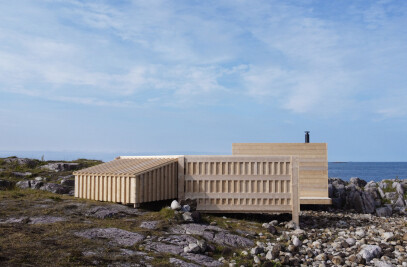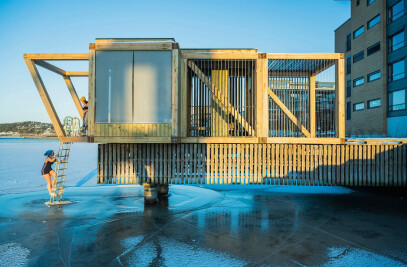The Gjoevik Care Centre is an institution for juvenile asylum seekers. The centre provides shelter and safety for immigrants under the age of 15 and helps those of them who are struggling with traumatic experiences from famine and conflicts around the world.
Our assignment was to create a refuge for the children which also could serve as a place for meaningful activities in their daily lives.
We proposed an arboretum - a small garden of trees which were specially selected from all the habitable continents of the world. The idea was to establish a connection between the different geographies – the ones which the children carry within themselves as memories from their home countries and their new location in the beautiful hillside overlooking the lake Mjoesa. The trees become thus the physical link which not only symbolizes life, and growth in a new soil but they also provide the children and the staff the positive activity of cultivation of the environment.
The architecture of the arboretum is based on a map of the world which was derived from a triangulated model of the earth. This model was developed in the 1950's to create the most accurate representation of the globe. The map shows the continents in a row, the one after the other and gives an association to how people in the world and their cultures are linked together in a long continuous chain. This teaches us how the small is a part of a larger whole and how the individual plays a role in the world which surrounds us.
To create good growing conditions for the trees, we propose a series of wooden windscreens. They create a better microclimate and consequently also a good shelter against the wind for the residents of the care centre. Wooden benches will also enable people to settle down for a shorter or a longer time, either to enjoy the qualities of the place, or to find a piece of mind in a difficult world.

































